
The Swedish company already famous for the production of electrified road vehicles continues its mission to reduce CO2 emissions into the air.

Scania engines E-machine. The fully electric system enables a potential CO2 emission reduction of up to
98 percent if the electricity is generated from renewable sources. Source: Scania
As more and more customers are seeking to reduce their carbon footprint, Scania now launches its concept for hybrid and fully electric power systems.
“With Scania’s long-standing excellence in producing engines that operate on diesel and alternative fuels, we now embark upon the next stage in development, namely carbon-mitigating electrified systems.”
says Joel Granath, Senior Vice President, Scania.
The current project includes electrified power supply systems with single system management interface and single mechanical interface – CAN J1939 and SAE 1. These are the aspects that will remain unchanged for a simplified integration with external components.The electrified power systems provide outstanding performance in compact designs. All components work seamlessly together and are controlled by a common management system.
The Scania systems will be both modular and scalable, allowing customers to select from and combine a number of components based on the application and specific demands.
“In developing Scania’s future hybrid and fully electric power systems, the conclusion is that these can be highly beneficial in many different applications. The powertrain performance with instant response and exceptional torque from start will be welcomed,”
explains Granath.
In the hybrid electric system the potential CO2 emission reduction estimated is of up to 92 percent. Scania’s hybrid electric system combines an e-machine with a combustion engine – either together or as stand-alone power sources. This system can be gainfully deployed in, for example, excavators, dump trucks, stone crushers, mobile cranes, concrete pump, as well as in airport crash tenders. For the marine segment, the system can be beneficial in, for instance, commuter vessels, road ferries, pilot vessels, and fish farm support vessels.
The hybrid solution improves powertrain performance with exceptional torque and response directly from idling. Fuel consumption is significantly reduced while lowering operational costs, noise and emissions. With the e-machine bolt on the engine and its speed range adapted to that of the engine, no additional gearbox is required. This minimises energy loss and facilitates equipment design and installation, with the latter also aided by the compact design.
The fully electric system enables a potential CO2 emission reduction of up to
98 percent if the electricity is generated from renewable sources. Reach stackers, straddle carriers, dump trucks, excavators, loaders, airport crash tenders, and airplane pushback tractors are some of the vehicles and equipment that can benefit from Scania’s fully electric power system. On the marine side, the system could be highly useful in, for instance, sightseeing vessels, road ferries, wind farm support vessels, and patrol boats.
Powered by an e-machine, the fully electric system is characterised by outstanding power density, with maximum torque and response directly from start. With high energy efficiency and low maintenance requirements, operational cost is low.
Source: Scania

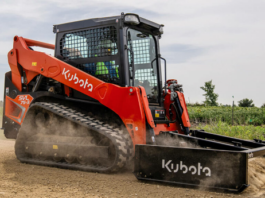
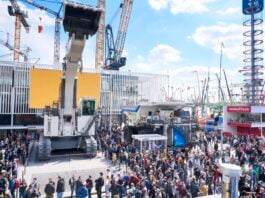
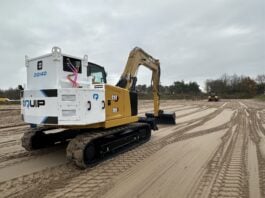
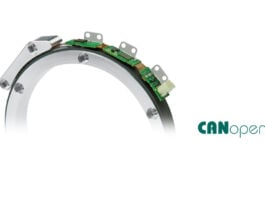

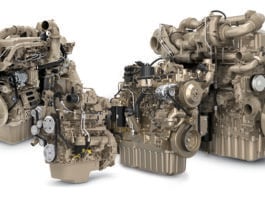

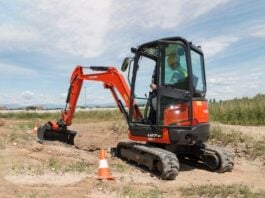
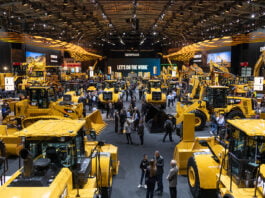
 Copyright 2025 All rights reserved.
Copyright 2025 All rights reserved.